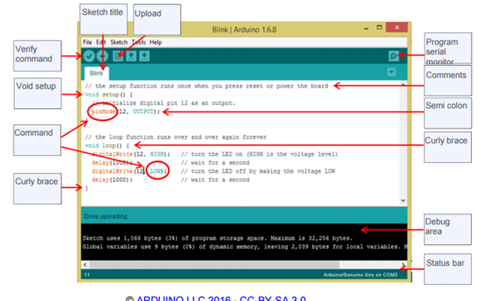Crack the code
Using control technologies, students are required to individually design, produce and evaluate an alarm/alert system using a coding software (e.g. Arduino) and relevant hardware. The system must include correct coding, working inputs and outputs and include a specified end-use application. Throughout the unit, students will learn programming concepts and commands and how to modify code to suit an identified need. Students will also learn how to assemble basic electronic circuits using a microcontroller to produce their final design idea.
Additional details
| Year band(s) | 7-8 |
|---|---|
| Content type | Student challenges, Lesson ideas |
| Format | Web page |
| Australian Curriculum Digital Technologies code(s) |
AC9TDI8K01
Explain how hardware specifications affect performance and select appropriate hardware for particular tasks and workloads
AC9TDI8K02
Investigate how data is transmitted and secured in wired and wireless networks including the internet
AC9TDI8K03
Investigate how digital systems represent text, image and audio data using integers
AC9TDI8K04
Explain how and why digital systems represent integers in binary
AC9TDI8P01
Acquire, store and validate data from a range of sources using software, including spreadsheets and databases
AC9TDI8P05
Design algorithms involving nested control structures and represent them using flowcharts and pseudocode
AC9TDI8P06
Trace algorithms to predict output for a given input and to identify errors
AC9TDI8P10
Evaluate existing and student solutions against the design criteria, user stories and possible future impact |
| Technologies & Programming Languages | Electronic programming boards |
| Keywords | Coding, Programming, Sensors, Inputs, Outputs, Algorithms, Arduino, Microcontrollers, Evaluate, Decompose problems, Stages 4 and 5 |
| Organisation | NSW Department of Education |
| Copyright | State of New South Wales (Department of Education), 2018. Copyright material available on this website is licensed under a Creative Commons Attribution 4.0 International (CC BY 4.0) licence. |
Related resources
-
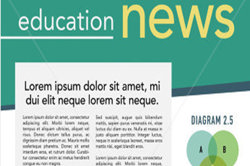
Home/School communications
In this lesson sequence, students use big data sets and school surveys, to design (and as an extension activity, make) a new digital communication solution for the school.
-
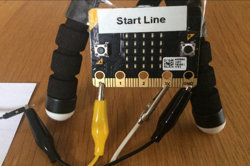
Creating a digital start line and finish line with micro:bits (Years 7-8)
The following activity suggests one-way Digital Technologies could be integrated into a unit where vehicles are being designed and produced.
-
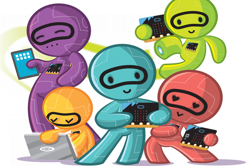
Networking with the micro:bit
This downloadable free book presents a series of activities to teach the basics of computer networks. While you may not learn all aspects of computer networking, these activities provide a useful selection and serve as a good starting point to cater for your student's needs, skill and knowledge.
-
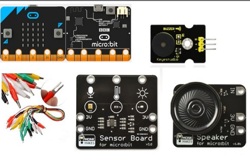
Classroom ideas: Micro:bit Environmental Measurement (visual and general-purpose programming) (Years 5-8)
Investigating environmental data with Micro:bits: This tutorial shows the coding needed for digital solutions of some environmental issues that can be created using pseudocode and visual programming.
-

DT Challenge - 7/8 Arduino - Sound
-

DT Challenge - 7/8 Javascript - Cookie Clicker
Learn JavaScript and Web programming to create a Cookie Clicker game!
-

DT Challenge - 7/8 Javascript - Space Invaders
Learn JavaScript and Web programming to create a Space Invaders game!
-

DT Challenge - 7/8 Python - Introduction to Microbit
Learn about the BBC micro:bit while creating your own virtual pet! Learn how to program a BBC micro:bit using the Grok micro:bit simulator. Use the MicroPython programming language to make a pet that you can feed and play with.
